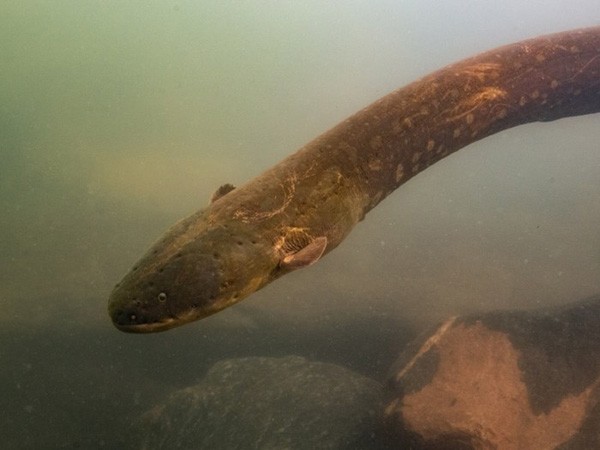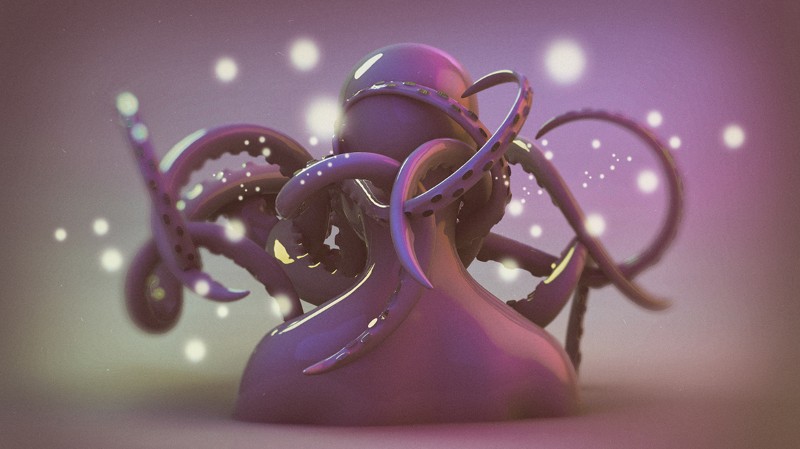Daily briefing: Underwhelming trial results for leading Chinese COVID vaccine
Hello Nature readers, would you like to get this Briefing in your inbox free every day? Sign up here
Electric eels (Electrophorus voltai) in Amazon rivers don’t just pack the strongest shock ever measured in a living animal. They also gang up to herd shoals of fish and deliver a coordinated death zap. “I was shocked,” says biologist Douglas Bastos. “This behavior is unprecedented for electrical eels and also rare among freshwater fishes.”
Reference: Ecology and Evolution paper
Features & opinion
Author Preston Grassmann delves further into the fictional dream market of Canvas Town in the latest short story for Nature’s Futures series. Grassmann was inspired by a festival in Thailand in which crowds gather to release paper lanterns into the sky as a symbol of purging painful memories. “I wanted to take another look at what that might mean if that ‘release’ was more than symbolic,” says Grassmann.
Dire wolves (Canis dirus) were once the most common predator in North America. Then, 13,000 years ago, they disappeared. Ancient genomics and proteomics reveal that dire wolves were very different from similar-looking, smaller grey wolves (Canis lupus), which survive to this day. That genetic difference might have been the stumbling block for dire wolves’ survival, because it couldn’t interbreed with other dog-like animals. The dire wolf broke “rule number one” for surviving as a canid species, says palaeogenomicist Laurent Frantz — hybridizing with others. “The environment was changing quite rapidly at the end of the pleistocene,” Frantz tells the Nature Podcast. “It wasn’t able to adapt fast enough potentially because it wasn’t able to borrow genes from these incoming species.”
Nature Podcast | 32 min listen
Subscribe to the Nature Podcast on Apple Podcasts, Google Podcasts or Spotify.
Where I work
Clara Barker is a materials scientist and manager of the Centre for Applied Superconductivity at the University of Oxford, UK. “As you can see from the sole of my shoe, which is decorated with the transgender pride flag, I’m a trans scientist,” says Barker. “I’d long believed that coming out as transgender would be career-ending. Instead, Oxford was the first place where I could be myself, where I’ve enjoyed being in the laboratory, because I was no longer pretending or hiding — I was accepted for being me.” (Nature | 2 min read)
Today the lovely Leif Penguinson is watching the snow fall on the River Wharfe in the grounds of Bolton Abbey, North Yorkshire. Can you find the penguin?
The answer will be in Monday’s e-mail, all thanks to Briefing photo editor and penguin wrangler Tom Houghton.This newsletter is always evolving — tell us what you think! Please send your feedback to briefing@nature.com.
Flora Graham, senior editor, Nature BriefingWith contributions by Nicky Phillips
*** This article has been archived for your research. The original version from Nature.com can be found here ***








